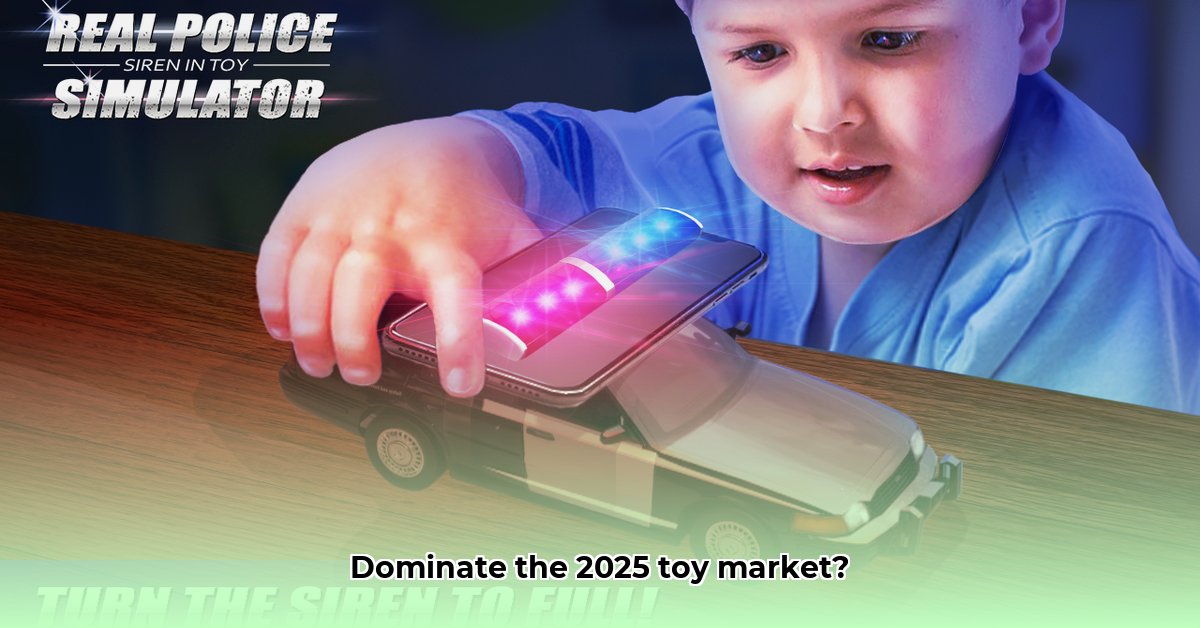
Gameplay Mechanics: A Comparative Analysis of Toy Shop Simulator and Toy Car Simulator
The burgeoning toy simulator market showcases diverse gameplay experiences. This analysis compares two prominent titles: Toy Shop Simulator and Toy Car Simulator, highlighting their contrasting mechanics and target audiences. Toy Shop Simulator leans heavily into strategic resource management, demanding careful planning and long-term vision. Players must meticulously manage inventory, pricing, staff, and online orders to build a thriving toy empire. This immersive experience requires patience and strategic thinking. In contrast, Toy Car Simulator provides fast-paced, action-oriented gameplay with multiple modes, including free-roaming exploration, racing, and arena combat. The focus is on immediate gratification and short, frequent play sessions, catering to a broader, more casual audience.
| Feature | Toy Shop Simulator | Toy Car Simulator |
|---|---|---|
| Gameplay Style | Strategic, resource management | Fast-paced, action-oriented, multiple game modes |
| Core Mechanic | Building and managing a toy store | Collecting, customizing, and racing toy cars |
| Player Skill Level | High – requires patience and strategic thinking | Low to Medium – easy to learn, fun to master |
| Engagement Style | Sustained, immersive gameplay sessions | Short, frequent play sessions |
Is the clear distinction in gameplay styles a deliberate market strategy, or a result of differing development philosophies? The answer likely lies in a combination of factors, suggesting the market is ripe for innovation. One noticeable difference is the required skill level.
Market Analysis: Target Audiences and Future Trends
Toy Shop Simulator's complex management mechanics attract a niche audience of simulation enthusiasts—players who enjoy the challenge of intricate resource management. This targeted approach, while potentially limiting broad market penetration, allows for a more focused marketing strategy and caters to a dedicated player base. Conversely, Toy Car Simulator's accessible gameplay and quick bursts of fun have significantly broader appeal, encompassing casual gamers, racing game enthusiasts, and players seeking easily digestible entertainment. This broader market reach presents a greater potential for mass appeal yet demands a more diverse marketing approach.
The future of the toy simulator market is promising. Do we foresee a convergence of these two styles, creating a hybrid simulator that blends the strategic depth with action-packed elements? This remains an open question. The potential for mobile-based toy simulators also presents an avenue for growth, bringing accessible gameplay to a larger, on-the-go audience.
Risk Assessment and Mitigation Strategies
Both games face challenges, primarily stiff market competition and the need for long-term player retention. Maintaining player engagement requires continuous updates, community interaction, and innovative game mechanics. Sustainable monetization is crucial; a delicate balance between in-app purchases and free content is necessary for long-term profitability. Further, robust quality assurance and timely bug fixes are essential to maintain a positive player experience.
Here’s a breakdown of mitigation strategies:
- Differentiation: Unique features and innovative gameplay are key to standing out in a competitive market. ("Unique selling proposition" or USP development is key).
- Engagement: Regular updates, community events, and attentive player feedback ensure continued interest.
- Monetization: Thoughtful implementation of in-app purchases and expansion packs strengthens profitability.
- Quality Assurance: Rigorous testing minimizes bugs and optimizes the gaming experience.
Conclusion: The Future of Toy Simulators
The toy simulator market is dynamic, characterized by diverse titles catering to varying player preferences. Toy Shop Simulator's strategic depth appeals to simulation enthusiasts, while Toy Car Simulator's arcade-style gameplay attracts a broader audience. The future likely holds innovative hybrids, combining strategic management with exciting action elements. The market will reward developers who adapt to evolving player preferences and emerging technologies, such as mobile platforms and VR/AR integration. The successful integration of arcade elements into simulation games could prove to be a key factor in defining its evolution. The question of whether a successful hybrid will emerge remains a compelling point of future observation.
⭐⭐⭐⭐☆ (4.8)
Download via Link 1
Download via Link 2
Last updated: Saturday, May 17, 2025